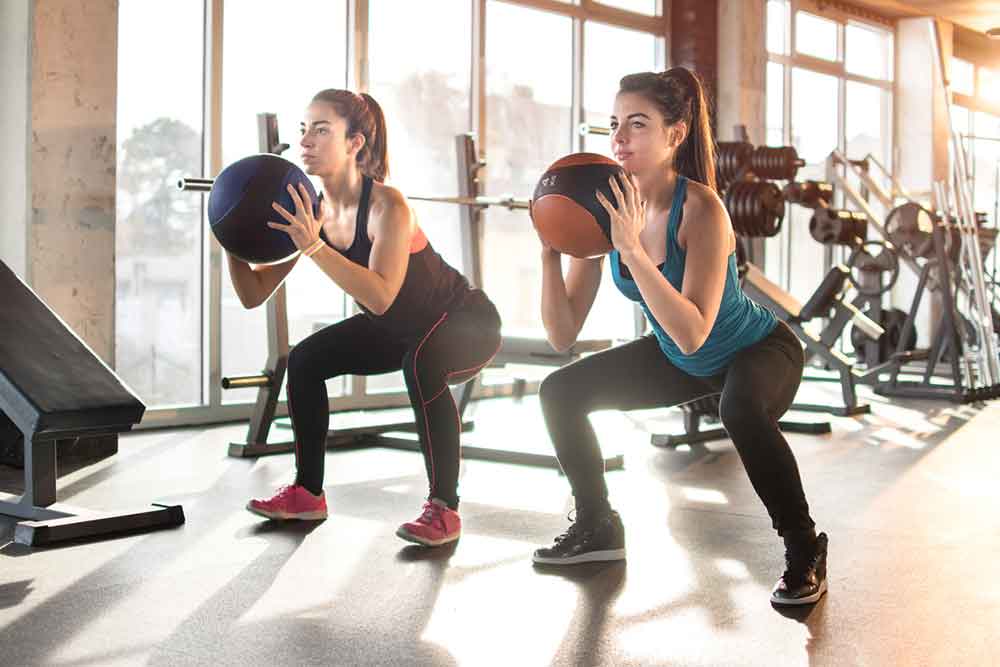What Toxins Are Lurking In Your Brain?

Julia C. Basso, PhD
As a scientist who studies the effects of exercise on the brain, I am always thinking about what exercise-induced factors (from muscles, bones, organs, brain tissue, etc.) cause the beneficial effects on brain function, like improvements in mood and cognition. Recently I started thinking about it another way. What if we flip this idea on its head and ask, what factors does exercise clear from the body and brain to produce health benefits?
Toxins: Blood Brain Barrier
Brain inflammation or neuroinflammation is a hallmark of aging and related to cognitive decline. In the brain, proteins can become misfolded, causing them to not function properly. Typically, these misfolded proteins are removed from the brain through clearance. The brain clears toxins, metabolic waste, and extra fluid through the lymphatic system and by crossing the Blood Brain Barrier (BBB). In aging, these clearance systems become impaired and toxins build up in the brain. This build-up of toxins causes inflammation in the brain. Brain cells known as glia respond to this inflammation by changing their shape and function to deal with the inflammation. These cells, which include astrocytes and microglia, serve as part of the brain’s immune system.
Related Article: 3 Tips To Minimize Everyday Chemicals
Physical activity is associated with decreased plaques and improved cognitive outcome in patients with Alzheimer’s disease. However, the mechanisms behind the exercise-induced decreases in plaques in patient populations are unknown. Therefore, a group of scientists in China decided to investigate if clearance from the brain was related to these improvements.
The Study
The scientists investigated two groups of aged mice, those that were sedentary and those that had six weeks of voluntary exercise. After six weeks of either exercise or a sedentary experience, the two groups of mice were tested on the ability to learn and remember information as well as a variety of biological factors related to clearance of toxins from the brain and neuroinflammation.
Related Article: The Real Benefits of High Intensity Interval Training
Compared to the sedentary group, those mice that exercised were better able to learn and remember information in their environment, a finding that is well established in the literature. This exercise-induced improvement in behavior was accompanied by several important changes in the brain. First, exercise decreased the accumulation of amyloid plaques, the protein deposits that are associated with Alzheimer’s disease. Second, exercise decreased the amount of inflammation in the brain as indicated by a decreased activation of the brain’s immune cells (microglia and astrocytes). Finally, exercise caused an increased rate of toxin clearance from the brain.
Takeaways

This study shows that exercise during aging can help regulate homeostatic mechanisms in the brain. Physical activity can help promote clearance of toxic products from the brain and in turn decrease protein accumulation and inflammation, which helps improve cognitive function. This healthier brain state will help decrease rates of apoptosis or cellular death and therefore decrease neurodegeneration that is typical with aging. This evidence suggests that we can use exercise to help ward off signs of aging in the brain and help decrease rates of cognitive decline.
Excitingly, exercise not only promotes the production of beneficial substances (like neurotrophic factors and neurotransmitters), but helps rid the brain of negative factors (like the tangled proteins associated with Alzheimer’s disease). Future studies will be needed in humans to identify what types of exercise are best able to promote brain clearance in aging populations.
You Might Like:
















